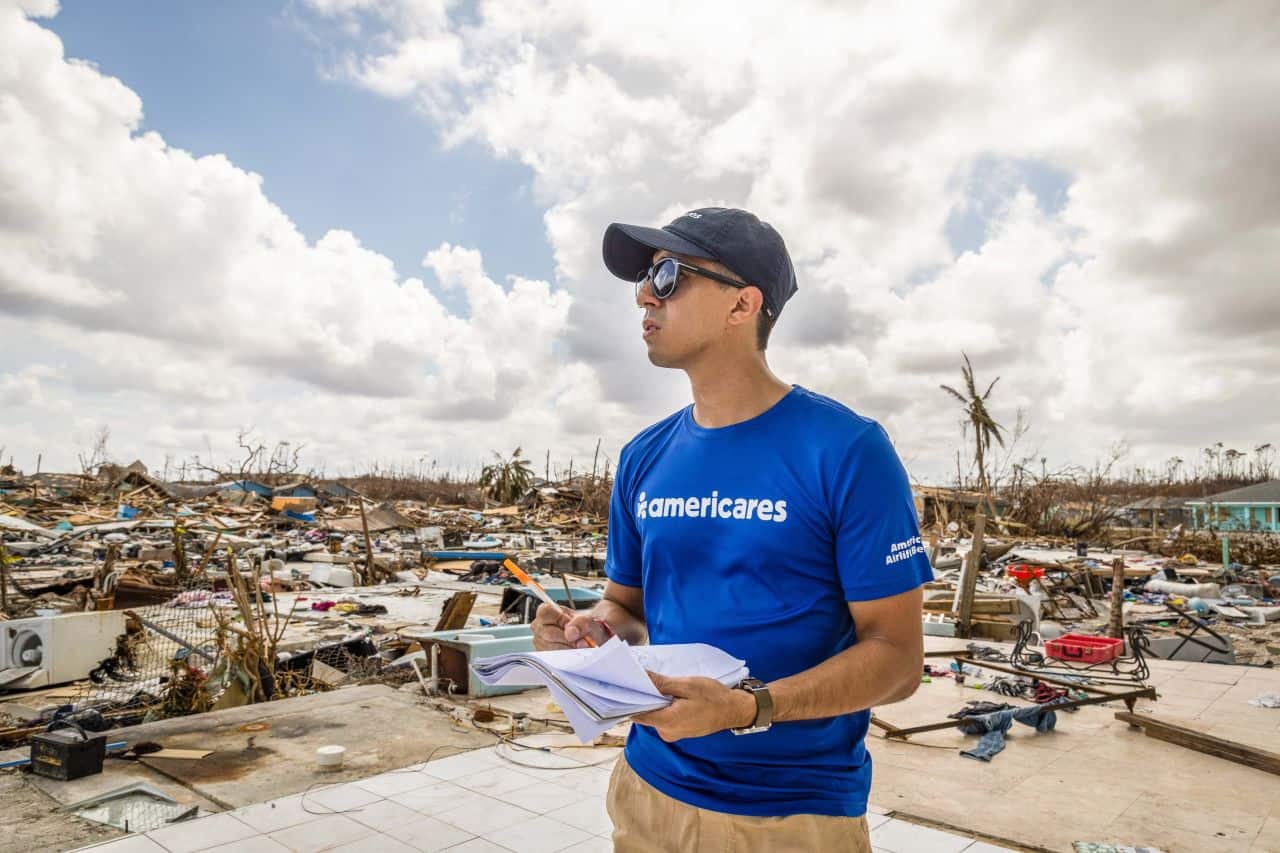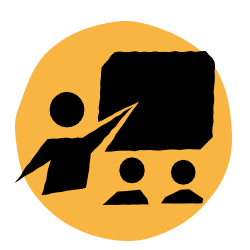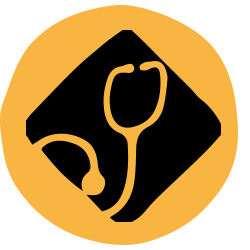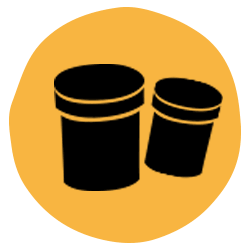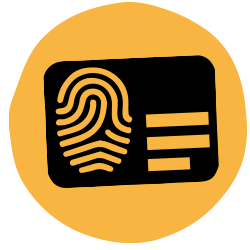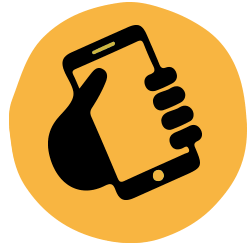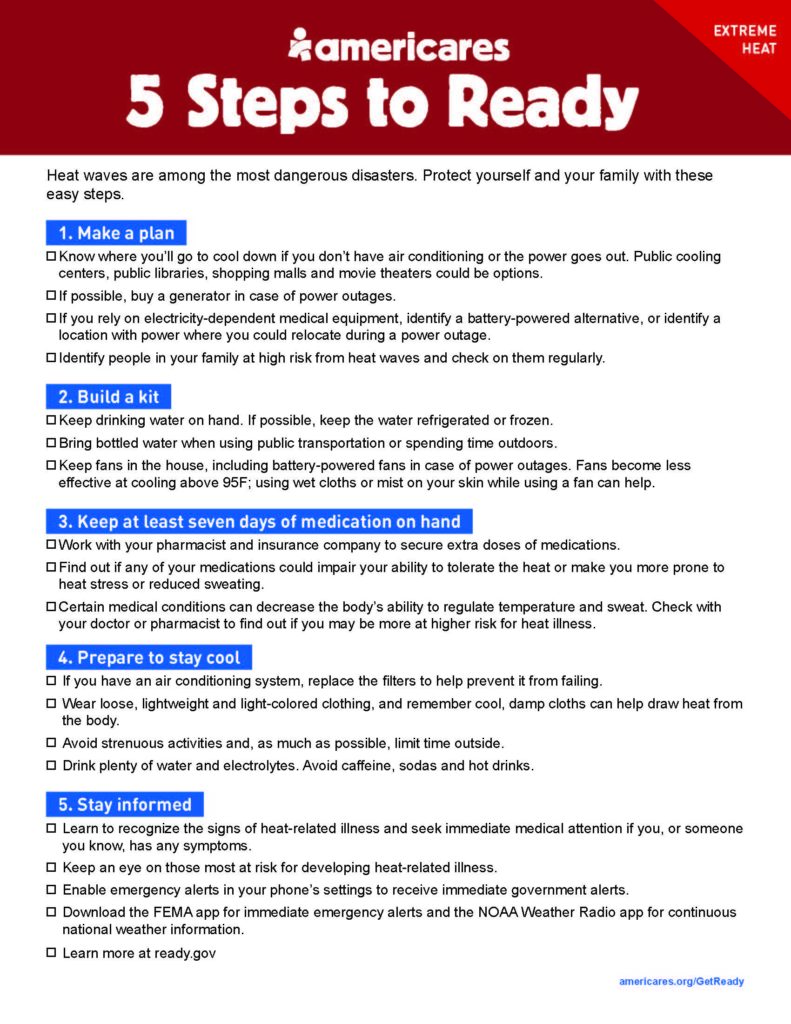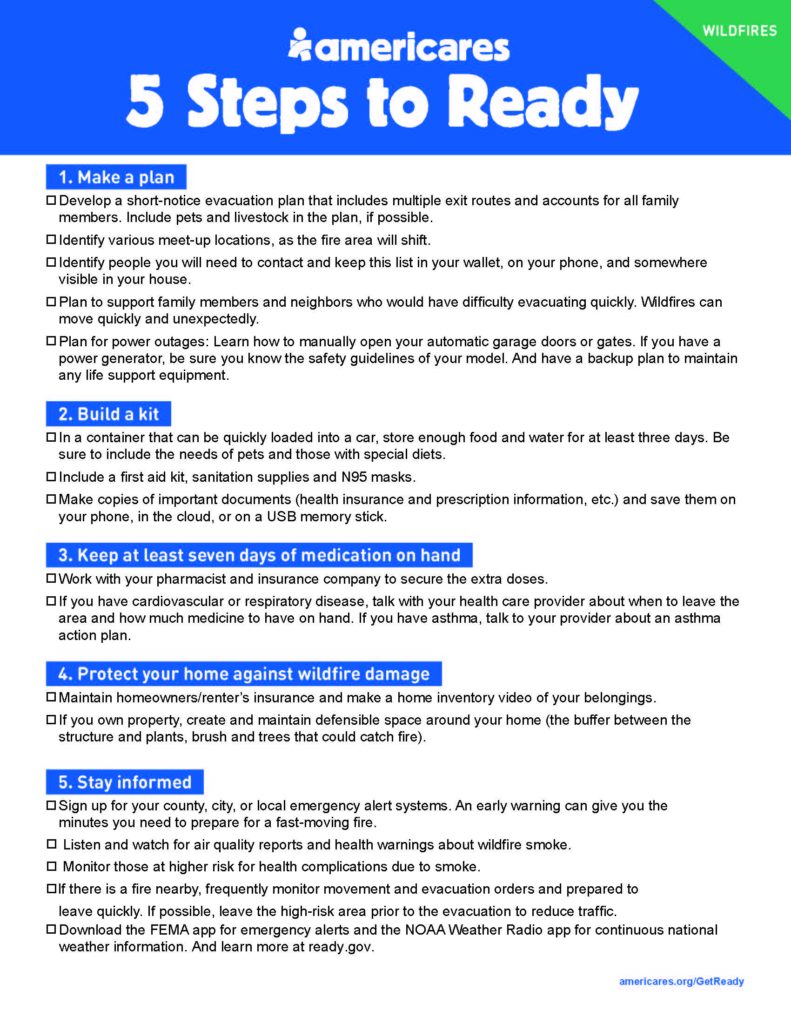Wherever Disaster Strikes…
Americares has more than 40 years of experience responding to emergencies around the world, including the deadly wildfires, floods, hurricanes and earthquakes that caused billions of dollars in damage in recent years and changed lives forever. We respond to all kinds of disasters great and small, stay to help communities recover and prepare for future emergencies. Click on the arrow and see how we respond when a hurricane hits.
